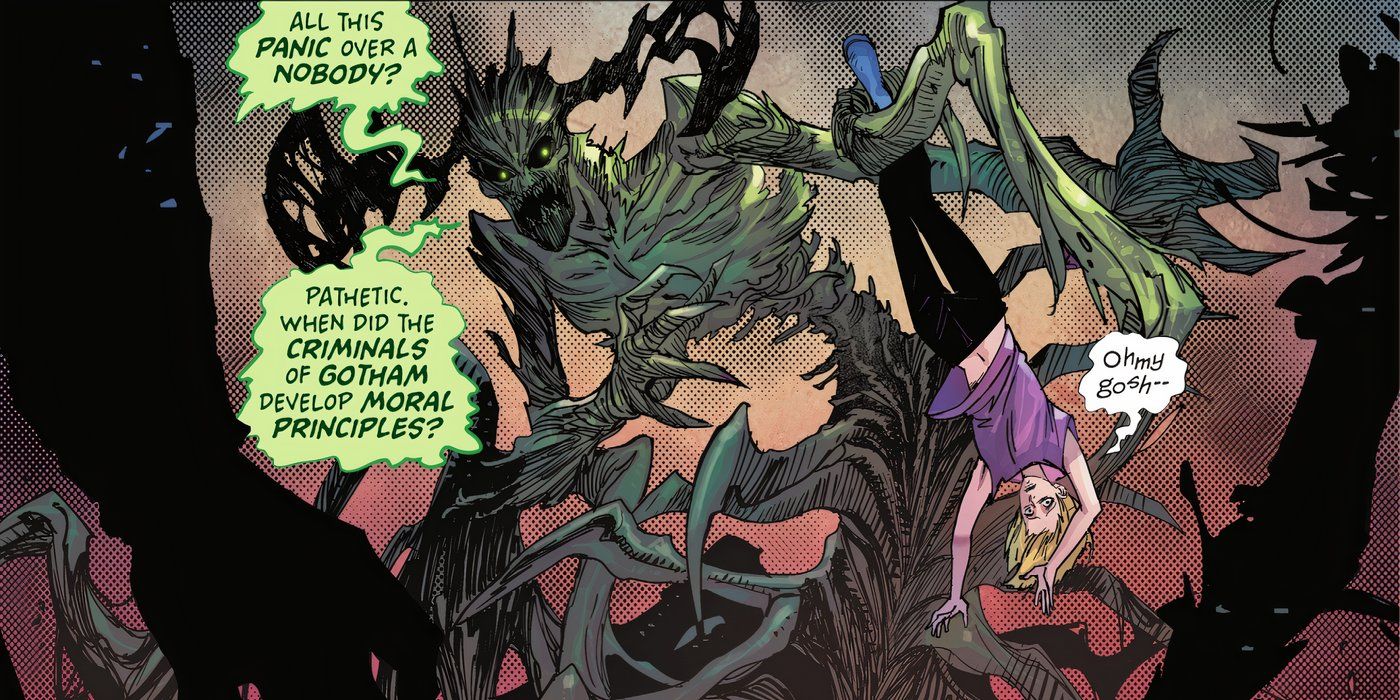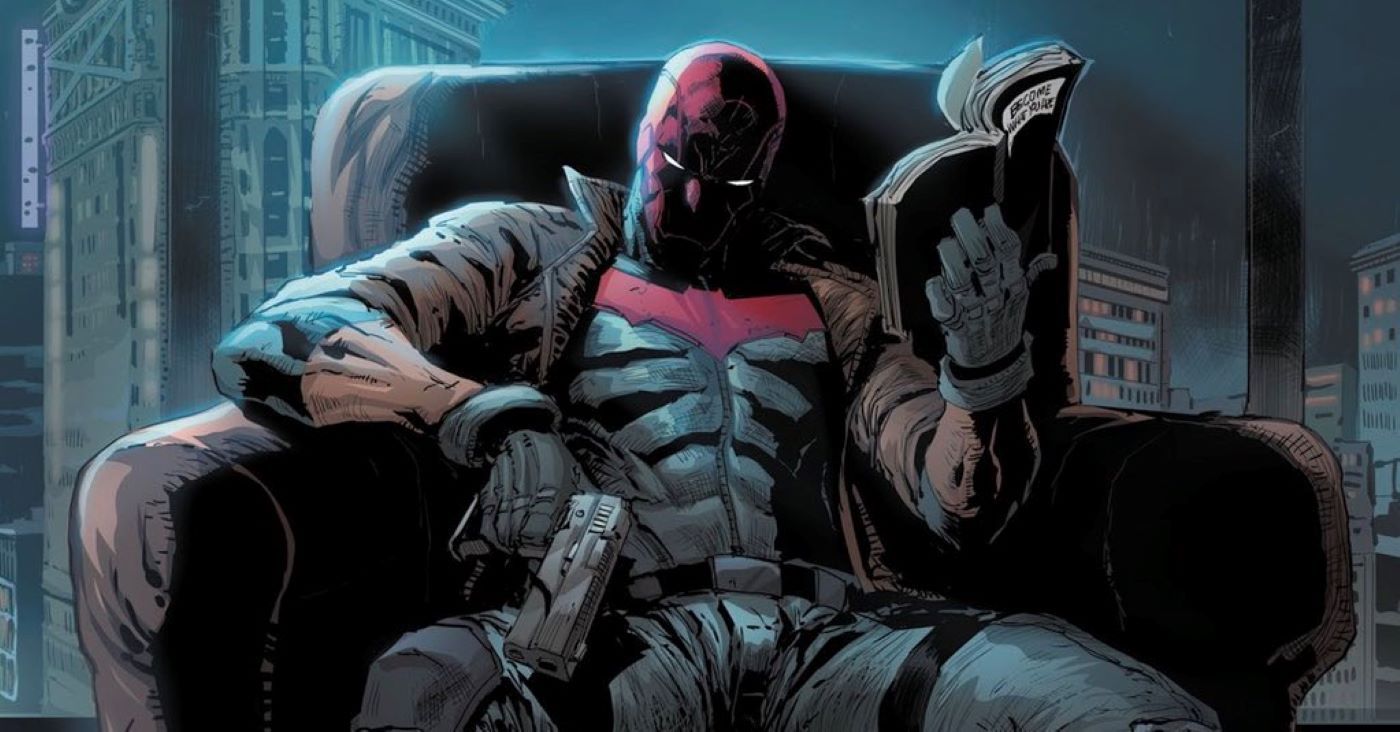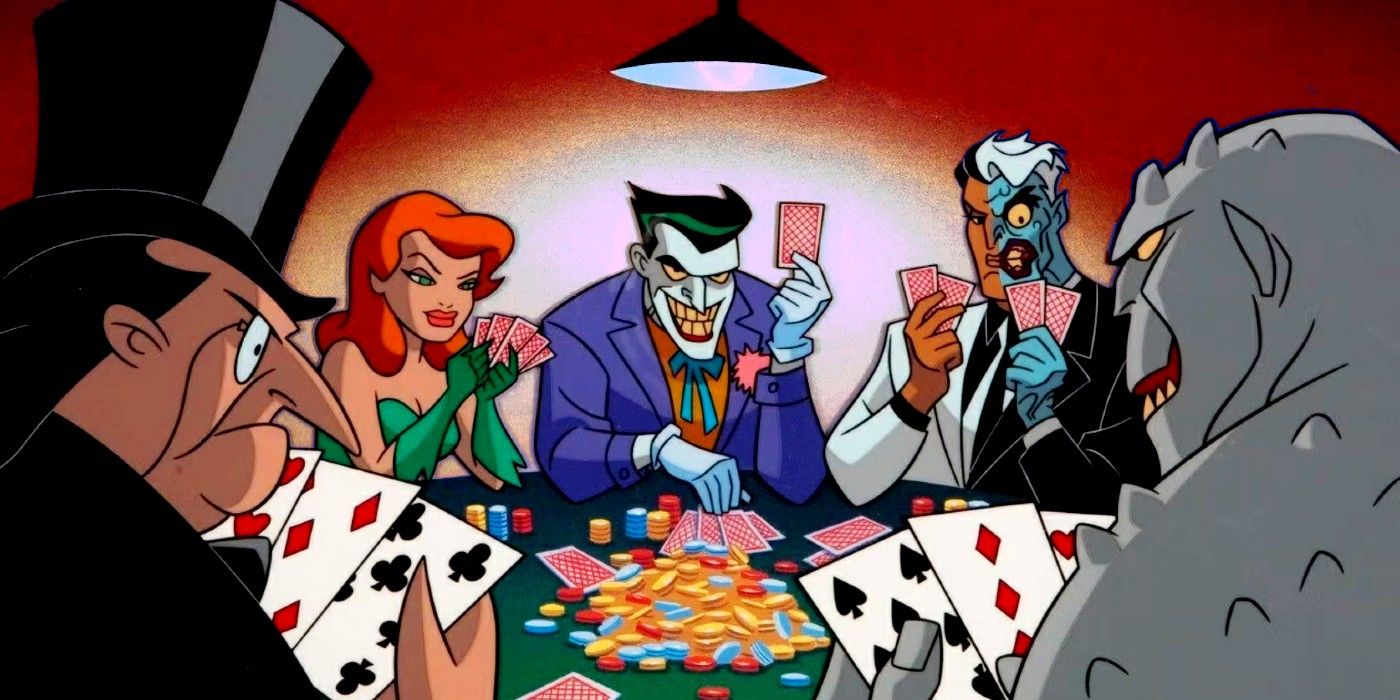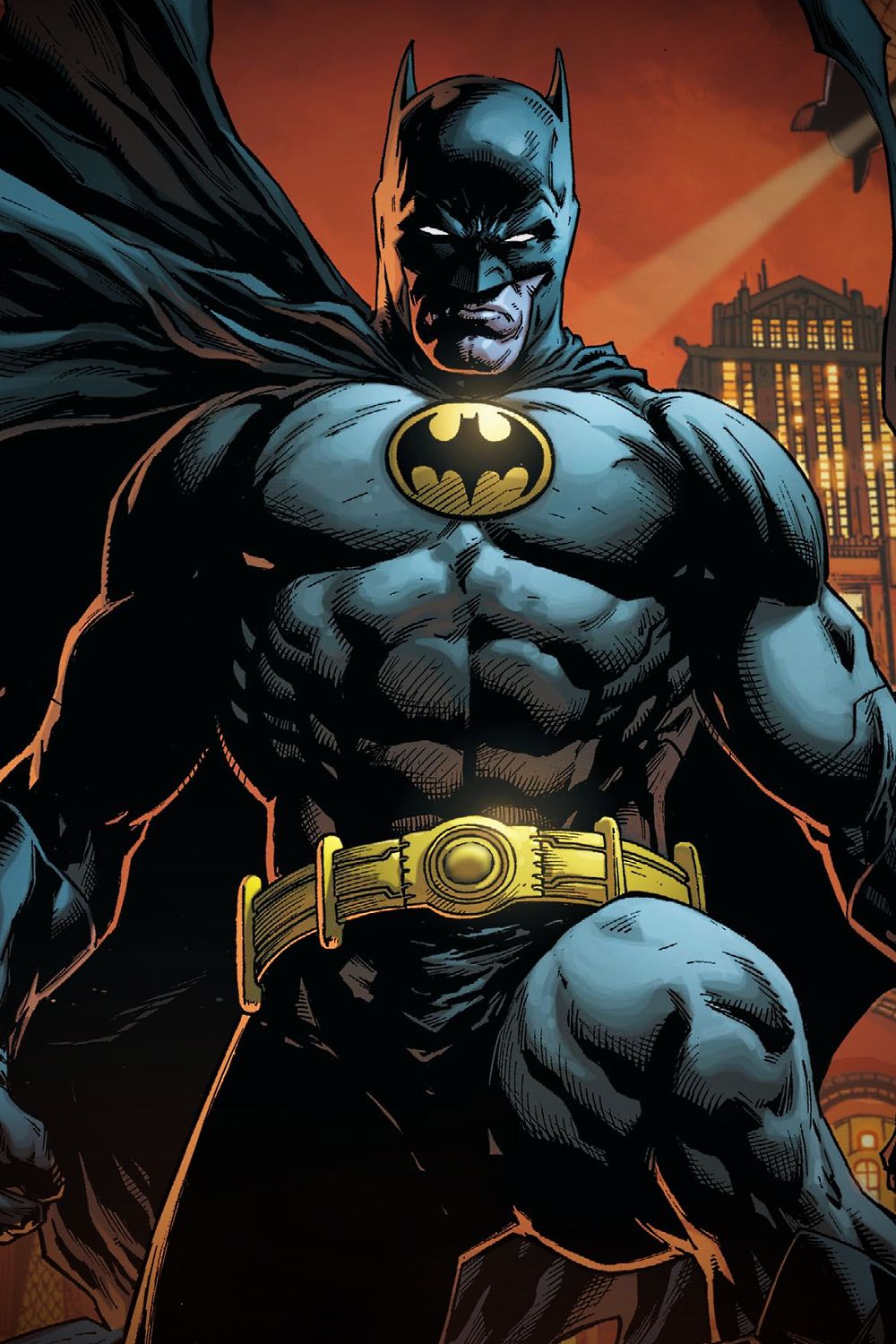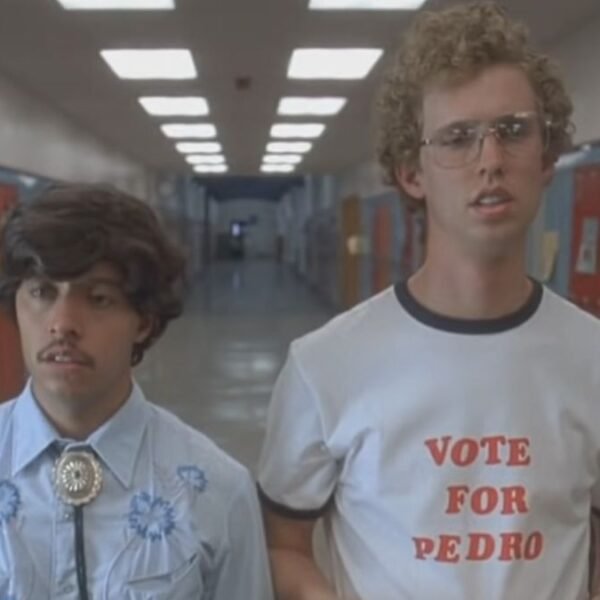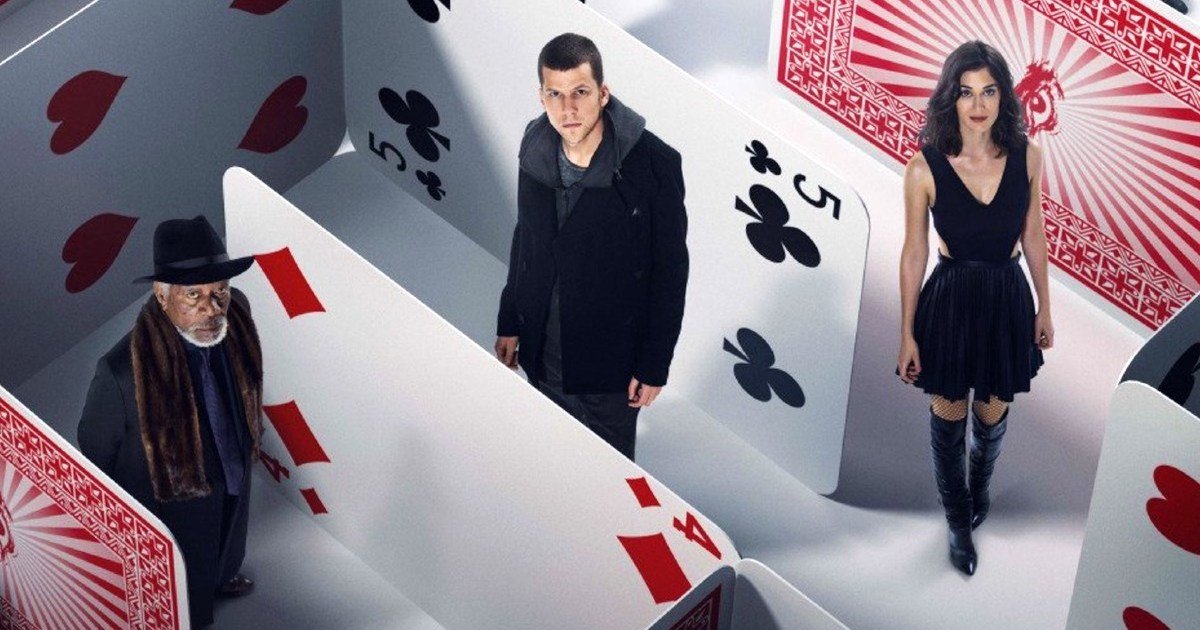Summary
- Batman’s villains have evolved from one-note criminals to complex characters with moral principles.
- Characters like Killer Croc have transformed from villains to protectors of the less fortunate.
- Harley Quinn went from a mindless henchman to a multi-dimensional character with deep conflicts and trauma.
Batman has some of the most iconic villains in comic book history, and while these characters started out fairly one-note, their immense popularity has led them to be far more complex over the years. Instead of simply robbing banks or trying to kill random people, Batman’s rogues have more depth than ever before, and they’re better characters for that change.
The surprising evolution of Batman’s villains is pointed out, quite astutely, in Poison Ivy #22 by G. Willow Wilson and Haining. In this story, the villainous Jason Woodrue is attempting to kill Poison Ivy, and he even goes after one of Ivy’s friends, a harmless civilian. Surprising Woodrue is the sheer outrage from Killer Croc and Poison Ivy at Woodrue threatening to kill an innocent.
Woodrue even specifically asks: “when did the criminals of Gotham develop moral principles?” This question is especially pertinent in this Poison Ivy ongoing, which has featured major anti-heroic development for Pamela Isley, who is much more focused on saving people than she ever has been before. Seeing characters like Ivy and Killer Croc care about the well-being of a normal Gotham citizen is certainly a far cry from their original appearances, and they’re not the only Gotham villains who have changed like this over the years.
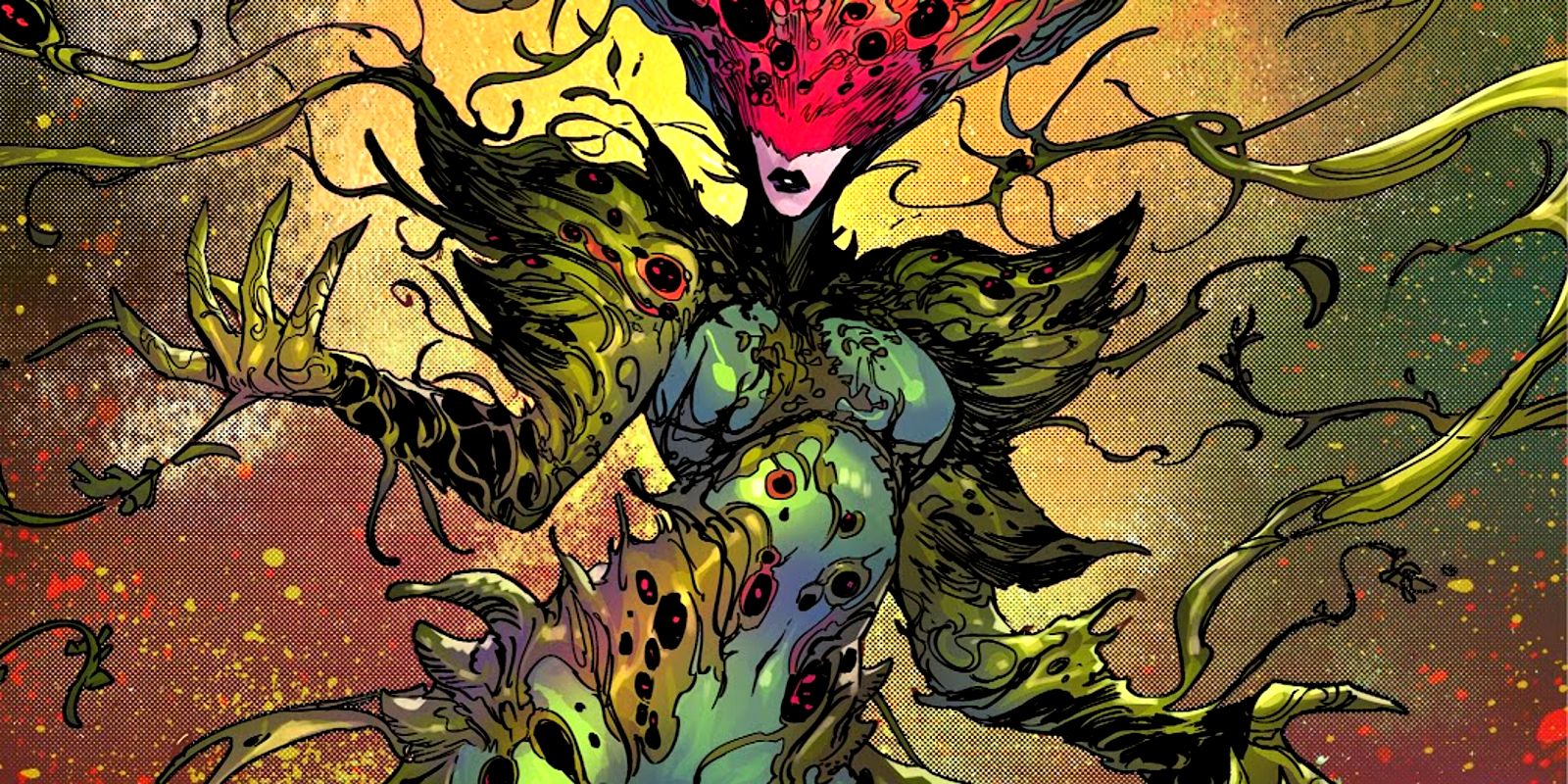


Related
DC Unveils Poison Ivy’s Ultimate Form, As She Basically Becomes a God
To face the Floronic Man, Poison Ivy taps into abilities he can’t hope to harness, unlocking a chilling new look and changing Ivy forever.
Killer Croc Went from a Monster to a Misunderstood Loner
Created by Gerry Conway, Don Newton, and Gene Colan, Killer Croc Debuted in Detective Comics #523
Killer Croc is one of the biggest examples of Batman’s evolving rogues gallery. When Killer Croc was first introduced, he was nothing more than an over-sized criminal with a skin condition gimmick. He was purely evil and had no consideration for anything except gaining more power. He had absolutely no issue killing Jason Todd’s original parents, despite them just being civilians. But over the years, Croc started to grow into something more, and he went from a sometimes-cannibal gangster to a hero of the downtrodden.
Killer Croc has evolved from a wannabe gangster to someone who actually tries to protect the less fortunate.
In recent years, Killer Croc has evolved from a wannabe gangster to someone who actually tries to protect the less fortunate. There have been numerous times in Killer Croc’s history where he’s been a guardian to weaker people. He even tried to run his own hotel for the strange and bizarre characters in Gotham City. While Croc does still act as a villain more often than not, he’s also been portrayed as someone who simply wants to be left alone and is willing to provide a sanctuary to those who also need protection from society.
Clayface Went from Villain to Hero – and Back Again
Created by Bill Finger and Bob Kane, Clayface Debuted in Detective Comics #40
Another major villain who had a heroic turn was none other than Clayface. In James Tynion IV’s Detective Comics run, it was revealed that Clayface’s brain stretches too far when he transforms. This causes Clayface to literally lose the ability to tell right from wrong. With this in mind, Batman realizes that Clayface hasn’t been responsible for any of his crimes over the past few years. With this information, Batman decides to take Clayface under his wing and train him as a member of the Bat-Family, at which point Clayface becomes Batgirl’s best friend.
The reveal that Clayface wasn’t fully in control of his actions was a perfect tragic twist for him. He spent his entire adult life as an actor, only to find himself with powers where he couldn’t control his body anymore. He would lash out and commit crimes because he literally couldn’t tell right from wrong. Clayface had a great run as a hero, but unfortunately, DC eventually walked this retcon back, and ever since, Clayface has been a villain, with no real mention of his previous heroic arc.
Jason Todd’s Red Hood Is One of Batman’s Most Compelling “Villains”
Jason Returned as Red Hood in Batman #635 by Judd Winick, Doug Mahnke, Tom Nguyen, Alex Sinclair, and Pat Brosseau
When Jason Todd first appeared as Red Hood, he was purely a villain — even if a complex one. Because of his grief and the tragedy of his death and return, he attacked Batman and the Bat-Family at every chance he got (while also trying to save Gotham using his own deadly methods, of course). Despite his major history with Batman and the Bat-Family, Red Hood’s depth was rarely expanded beyond being a major villain who had intimate knowledge of how the family worked. Only after the launch of the rebooted New 52 continuity did Red Hood rejoin the Bat-Family as a full-fledged hero.
Fans interested in seeing Jason Todd as a true Batman opponent and villain should check out
Batman: Under the Red Hood
by Judd Winick and Doug Mahnke, as well as Grant Morrison’s run on
Batman and Robin
from shortly before the New 52 reboot.
In current, Dawn of DC-era comics, Jason still has moral conflicts with the Bat-Family, but Red Hood struggles with his own desire to use lethal force on criminals while also still being a hero. He was ostracized from his found family and continually drifts between teams, such as the Outlaws. If Jason had remained a generic villain, then it would’ve been a true waste of his character and the history he’s been through.
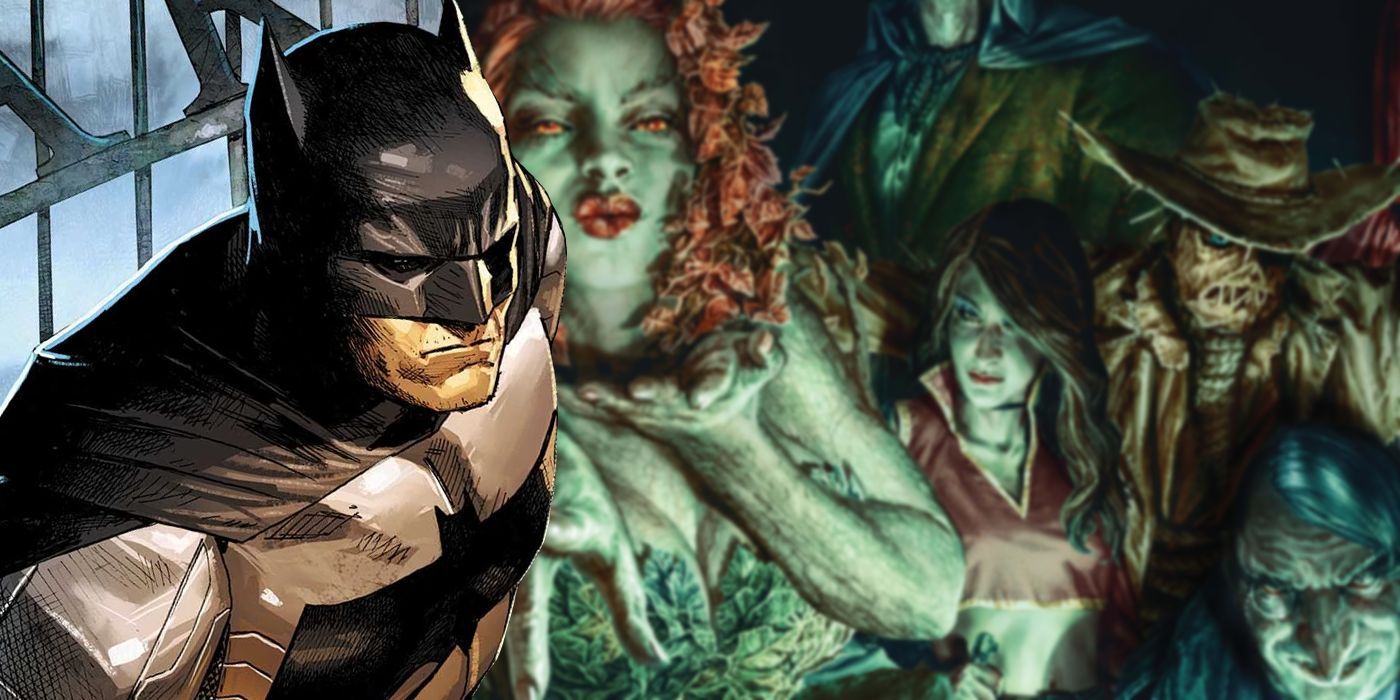


Related
Batman “Stole” These Villains From Other Classic DC Heroes
There’s no denying that Batman has one of the greatest rogues galleries in comics, and yet he still keeps stealing the villains of other heroes.
Harley Quinn Has Evolved Into a Completely Different Character
Created by Paul Dini and Bruce Timm, Harley Quinn Made Her In-Continuity Comics Debut in Batman: Harley Quinn #1
Without a doubt, the perfect example of Batman’s rogues growing and becoming more over the years is Harley Quinn. Harley first appeared in Batman: The Animated Series, where she was nothing but a comedic henchman for the Joker, but she proved so popular that she was brought back again and again. Harley Quinn went from one of the Joker’s henchmen to one of the biggest comic book characters in the world. She has appeared in several animated movies, has her own animated TV show, and has appeared in live action TV shows and movies.
Harley returns to working with villains — with a psychological twist — in 2024’s
Harley Quinn
#39 by Tini Howard, Natacha Bustos, Nick Filardi, and Steve Wands.
Harley evolved as a character more than anyone else. After leaving the Joker, she struck out on her own and proved that she doesn’t need the Joker to be popular. She has consistently been one of DC’s best-selling characters and regularly has her own comic series. She went from a one-note character who was mindlessly devoted to the Joker to having deep conflicts about her trauma and her past as a super-villain. Harley has tried over the years to atone for the cruel things she did, which was only possible because DC took the time to make her more than just the Joker’s evil sidekick.
Batman’s Villains Have Evolved Over the Years
Instead of Just Being One-Note Killers, Now They’re Complex Characters
Almost all of Batman’s villains started out as characters with singular goals. Killer Croc just wanted to be a big mob boss. Harley Quinn just wanted to serve the Joker. Clayface just wanted to rob banks and kill people. They had no real depth or tragedy to them. But DC has been taking steps in the last few decades to give these characters actual goals and wants. These changes make their conflicts with Batman all the more fascinating, because it’s no longer a case of just random criminals committing crimes, but damaged people trying to find their place in the world.
Poison Ivy #22 is available now from DC Comics!
POISON IVY #22 (2024) | |
|---|---|
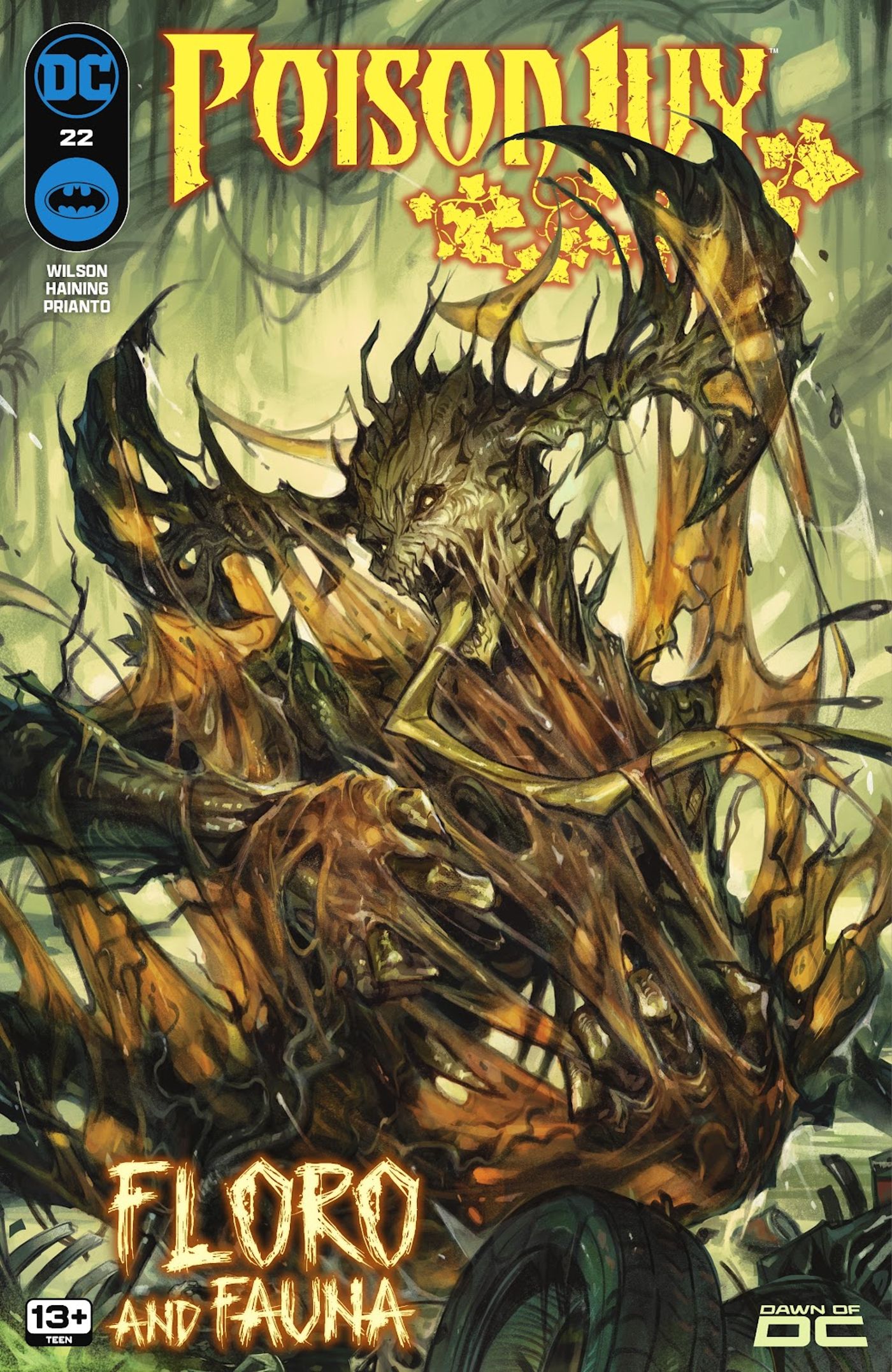   |
|




